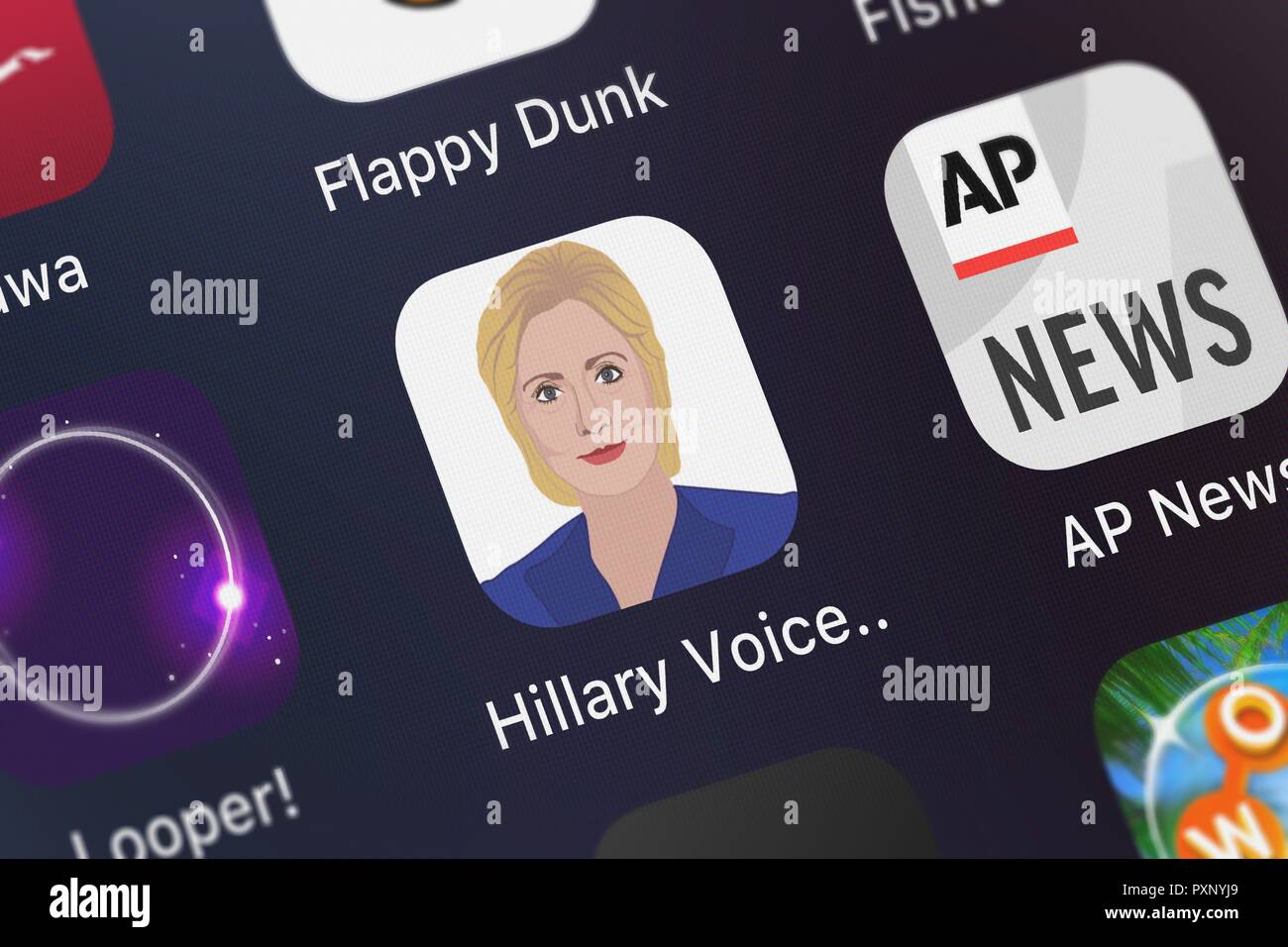

Check Out This Amazing Text To Speech Software We have the best Text To Speech Celebrity Voices Online.The reality is speechelo is the best text to speech software in the market today with no real comparison. Having terrific text to speech software application can actually be a life saver. The Acapela Voice Factory is Acapela’s solution for custom voice creation. It enables you to perform your voice branding through any audio touch point with a very natural and pleasant digital voice.AWESOME VOICE EFFECTS FOR SECOND LIFE. Be a chipmunk, a robot, a demon, swap genders, become famous with a celebrity voice-changer, or even transform into a.Expanding the brand identity with a distinctive digital voice personaAcapela Voice Factory custom voices are the result of in-depth research into recording, processing and fine-tuning methods used in the text to voice production process.
DonateIf you find this project useful, a donation helps out a lot! I've created a discussion thread for this. Future plans (help wanted)I'd like to create a "no code needed" version of this project, because as you may be able to tell, the manual setup described in this README is not exactly a cake walk.Specifically, I'd like to create a service that handles hosting, Google Speech-To-Text, and Porcupine (wakeword detection) for you.The service would have to be paid (something like $10/mo) because Google STT, hosting, and Porcupine all cost money.I don't want to get started on this until I know there is sufficient demand for it.
Porcupine is used for wake detection, it's incredibly accurate and works consistently well. VocalCord is a tool to build whatever your imagination decides. VocalCord is built on the excellent JDA, providing a dead simple wrapper to receive voice transcripts and generate speech audio.
Create a Porcupine account at Picovoice Console This process can take about 3 hours,So if you're eager to get started, do this right away. Thanks to Olical for some great examples that really helped in developing the bot.Porcupine requires you to build a wake phrase AI model for every wake phrase you'd like to use. VocalCord officially supports Windows and Linux Google Text to Speech is used for text to speech generation, it works great and is fast.
VocalCord supports multiple wake phrases at once or even different wake phrases for different users. Check back in about 3 hours. Click "Train" to begin training the model. For Windows, select Windows (x86_64). For Linux, select Linux (x86_64). I haven't had much feedback yet about how carried away you can get with wake words, but as it takes three hours, I would recommend trying to choose crisp, unambigious words that Porcupine is unlikely to get confused with similar words.
Select the "OAuth2" tab on the left sidebar This is your Discord bot token, put it in a safe place (keep it secret!). Click "Copy" under the token header. On the left sidebar of the application view, selected "Bot" Go to the Discord Developer Console and click "New application".
Once your project is created, click the "APIs & Services" card. In the lop left, select the projects drop down and create a new project. From here, you may select which server you'd like to add the bot to. Discord will auto generate a link for you, copy this link and paste it into your browser. You will need to check Connect, Speak, and Use Voice Activity to use speech recognition and generation facilities. Enable any permissions your bot will utilize under the "Bot permissions" header.
This is your credentials for using Google APIs, keep it secret! Save it to a location where you will remember where it is. This will download a JSON file. You will need to click the "Create Key" button, make sure JSON is selected, and hit "Create". Give your service account a name, and everything at its default. On the left sidebar, select "Credentials", then under "Service Accounts", selected "Manage service accounts". Search for and enable Cloud Speech-to-Text API and Cloud Text-to-Speech API

Text To Celebrity Voice Download Java SDK
Download Java SDK 12.0.2 and extract to C:\Program Files\Java. Restart your terminal for this change to take effect. Example: export GOOGLE_APPLICATION_CREDENTIALS="/mnt/c/Users/wdavi/IdeaProjects/VocalCord/vocalcord-gcs.json" Add the line export GOOGLE_APPLICATION_CREDENTIALS="path-to-google-creds.JSON" to the end of the file and save. Bashrc file by entering sudo nano ~/.bashrc
Right click project > Open Module Settings > Project > Project SDK should be set to your JDK 12 File > Settings > Build, Execution, Deployment > Gradle > Gradle JVM should be set to your JDK 12 On the left side panel, select Gradle, and check Java. If you're on Linux, run sudo apt-get install openjdk-12-jdk
You will need to obtain the Porcupine dynamic library, as well as the VocalCord wrapper dynamic library. Instead, VocalCord uses the Java Native Interface (JNI) to wrap the Porcupine C library in Java bindings. Edit your build.gradle file to install VocalCord:Implementation 'net.dv8tion:JDA:4.1.1_136'Implementation 'com.google.cloud:google-cloud-speech:1.22.6'Implementation 'com.google.cloud:google-cloud-texttospeech:1.0.2'Implementation 'com.github.wdavies973:VocalCord:2.3'VocalCord uses Porcupine for wake detection, however Porcupine does not support Java. Right click project > Open Module Settings > Modules > Module SDK should be set to your JDK 12
Running a basic exampleYou can find a basic example here. You native directory should look like this.Once Porcupine's wake phrase training is done, you should also move your wake_phrase.ppn file to native/ Setup Complete!You are now ready to configure your application and begin hacking. Move libjni_porcupine.so and libpv_porcupine.so into native/linux Create a folder with your root project directory called "native", within this create a subdirectory labeled "linux"
Currently, there are two send multiplex modes, Switch, which will pause your music while TTS is occuring, and Blend which will lower the volume of your music bot while TTS is occuring. To address this problem, VocalCord implements a audio send multliplexer, which essentially will mix the audio between your music send handler and VocalCord's internal TTS SendHandler. This introduces a problem if you want to use TTS and a music bot.
Option to use offline Picovoice Cheetah voice recognition for faster voice recognition.


 0 kommentar(er)
0 kommentar(er)
